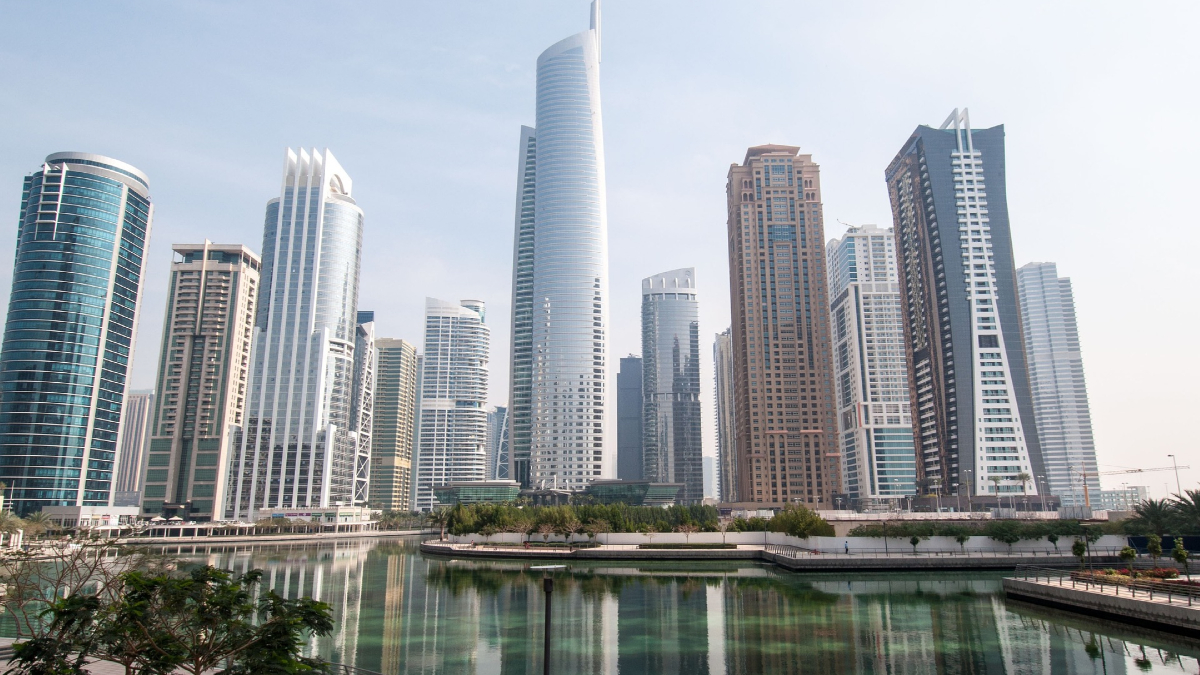Rents across Dubai have surged by as much as 15 percent since the Real Estate Regulatory Authority (RERA) updated its Rental Index in March 2024. This increase has led many tenants to renew existing leases rather than enter into new contracts, which tend to be higher.
“The RERA rental index was updated earlier this year to reflect rental increases, with most districts seeing increases in the range of 8 to 15 per cent,” Prathyusha Gurrapu, head of research and consulting at Cushman & Wakefield Core, said in a Khaleej Times report. She noted that the trend has been for tenants to renew their leases due to higher costs associated with new contracts.
Since the pre-Covid-19 period of Q1 2020, rents have increased by 64 percent, with a year-on-year rise of 19 percent in Q2 2024. The steady increase over the past 14 quarters has further encouraged tenants to opt for renewals.
The Cushman & Wakefield Core report highlighted that villa rents in Dubai rose by 21 percent in the affordable category, 12 percent in mainstream areas, and 1 percent in prime districts during Q2 2024. Meanwhile, apartment rents saw increases of 27 percent in the affordable segment, 19 percent in mainstream areas, and 14 percent in prime districts.
Gurrapu also observed signs of moderation in villa rentals and secondary residential sales, noting a plateau in transaction volumes. Despite this, apartment rents continued to rise, with mid-market districts experiencing the steepest increases.
“The rental market continues to be landlord-friendly, with rents increasing across the board, though the pace of growth has slowed compared to last year,” Gurrapu said. She added that the disparity between rising rents and stagnant household incomes is shrinking disposable incomes for many residents.
Certain areas saw significant rent hikes, with villas in Jumeirah Village Circle experiencing a 40 percent increase, while Discovery Gardens led the apartment segment with a 32 percent rise.
Despite some signs of stabilisation, Gurrapu warned that the market remains challenging for tenants, especially in affordable and mid-market districts where rents continue to climb from historically lower bases.






